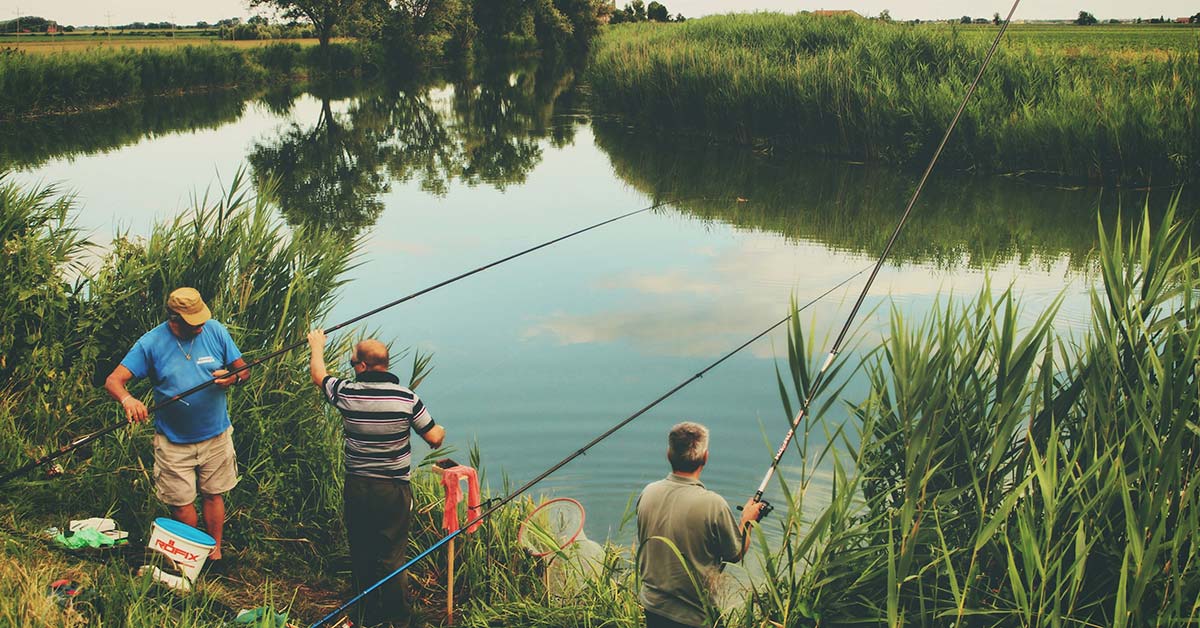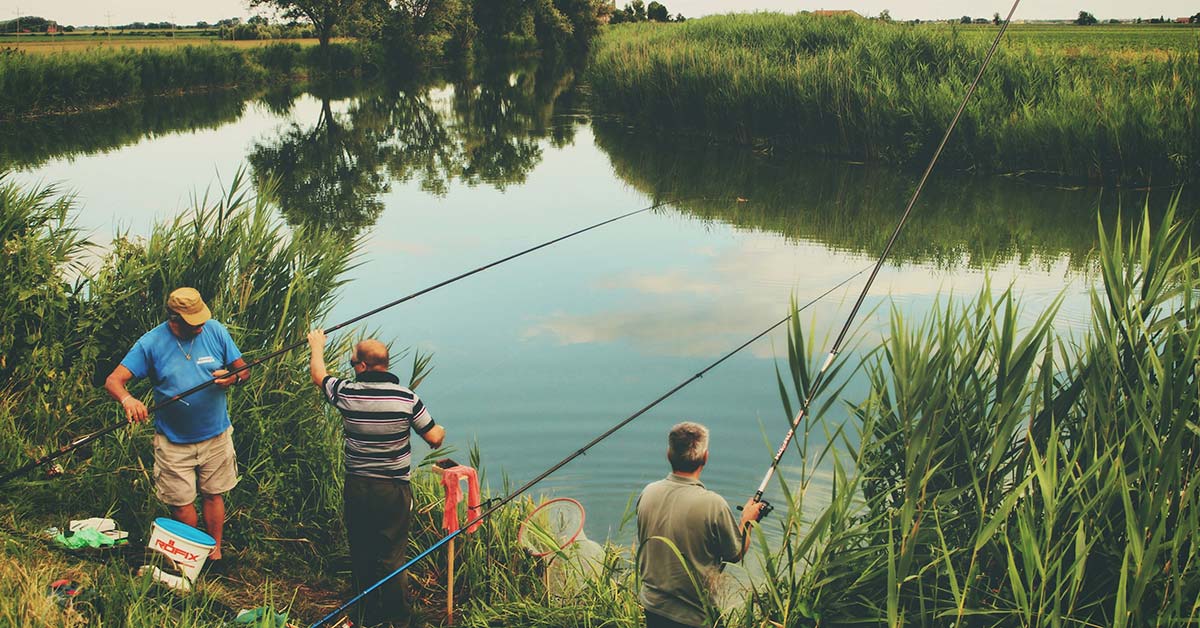Fishing is a popular outdoor activity that people from all over the world enjoy. However, there are different types of fishing, and two of the most common are pond fishing and lake fishing. In this blog, we will explore the four main differences between pond fishing and lake fishing to help you understand the differences and choose the right activity for you.

- Water Size and Quality
The first difference between pond fishing and lake fishing is the size and quality of the water. Ponds are generally smaller bodies of water, often man-made and located close to residential areas or farms. They may be natural ponds or dug out for agricultural or aesthetic purposes. On the other hand, lakes are larger bodies of water that are naturally formed. They may be man-made lakes created for various reasons such as dam construction or reservoirs.
In terms of water quality, lakes are often clearer and have better oxygenation and circulation, especially those located in mountainous areas or remote places. Ponds, on the other hand, may have more algae growth and plant life due to their shallowness and sometimes poorer water quality.
- Fishing Techniques
The fishing techniques used in pond fishing and lake fishing are different. Pond fishing usually involves casting from the bank or using a small boat. The fishing line is usually shorter, and the hooks and bait are smaller. This is because the fish in ponds are usually smaller and more abundant, making it easier to catch them.
Lake fishing, on the other hand, often requires the use of a boat and advanced fishing techniques such as trolling or using downriggers to drop the bait to deeper waters. The fishing line is usually longer, and the hooks and bait are larger to accommodate larger fish that live in deeper waters. Lake fishing also requires more equipment such as depth finders and fish finders to locate the fish effectively.
- Fish Population and Species
Fish populations and species vary between ponds and lakes. Ponds often have more abundant populations of smaller fish such as bluegill, sunfish, and catfish. These fish species are common in ponds due to their adaptability to smaller bodies of water and their tolerance to various water conditions.
Lakes, on the other hand, often have larger predatory fish species such as bass, walleye, and pike that require deeper waters to survive. Lakes also have more diverse fish species populations due to their larger size and connection to larger water systems such as rivers or oceans.
- Fishing Regulations
Fishing regulations vary between ponds and lakes. Pond fishing is usually allowed in public or private ponds with permission from the landowner or management. Fishing regulations may limit the type of bait or fishing equipment used, daily catch limits, and seasonal closures to protect the fish population.
Lake fishing is also allowed in public or private lakes with permission from the management or landowner. However, lake fishing often has more stringent regulations due to the larger size of the lake and the need to protect larger fish species. Fishing regulations may include daily catch limits, seasonal closures, specific equipment requirements, and limits on the type of bait used.
In conclusion, pond fishing and lake fishing have their unique differences in terms of water size and quality, fishing techniques, fish population and species, and fishing regulations. Understanding these differences will help you choose the right activity for your fishing trip based on your preferences, location, equipment, and experience level.

